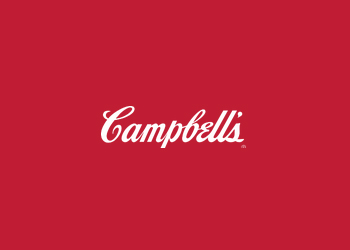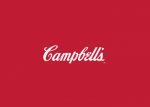I have a tattoo on my arm of a stamp that proudly, if not entirely accurately, declares that I am “100% organic.” As a food lawyer and general foodie, it is very much on brand. I cover it with my sleeve whenever I go to court or otherwise feel that it is professionally appropriate to do so. But otherwise, my tattoo isn’t much of a liability, even if I display it to the world while proudly eating chemical-laden foods; to the contrary, it’s a fun conversation starter.
Unfortunately, the same cannot be said for food packaging. Food manufacturers who make that same claim, or others like it, without following the USDA’s stringent organic-labeling regulations, will face a lot more than a raised eyebrow, particularly since the USDA recently strengthened its enforcement ability with a new final rule that became effective earlier this year. So how can you let your more health-conscious customers know about the purity of your food without getting in trouble?
The safest and easiest way to do this is simply to identify any organic ingredients on the information panel of your packaging. If less than 70% of your ingredients are organic (by weight, excluding water and salt), then this is your only option. The ingredients listed as organic must in fact have been produced in compliance with the organic regulations and must not have come into contact with any prohibited substances. And you must keep records that allow the USDA to confirm this. Limiting your organic labeling to the information panel means that you don’t have to certify as an organic handler.
If more than 70% of the ingredients in your product are organic, then you probably want your customers to know that without having to read the ingredient list. Depending on the composition of your product, you want your principal display panel to declare that your food is “100% Organic,” “Organic,” or “Made with Organic” ingredients. The trade-off for making any of these claims is that you must certify as an organic handler, unless an exclusion or exemption applies to you. The ins-and-outs of certification are outside the scope of this article, but you can find them by referencing the regulations in 7 CFR 205. Although obtaining and maintaining certification is a rigorous standard, it allows you to use the USDA seal on your packaging.
Breaking Down the Three Types of Organic Claims
Let’s look at the broad requirements for these three types of claims. To make a claim that your product is “100% Organic,” all of your ingredients, and any processing aids, must have been produced in accordance with the organic regulations. Pretty simple, and common-sense.
To make an “Organic” claim, at least 95% of your ingredients, by weight, must have been produced in accordance with the organic regulations. Any nonorganic agricultural ingredients must meet a list of criteria, including that they are not commercially available in organic form and are not produced using certain prohibited processes. In addition, any nonagricultural ingredients including processing aids must be on the regulations’ list of approved substances.
To make a claim that your product is “Made with organic” ingredients, the product must contain at least 70% organic ingredients, by weight. In addition, all agricultural products must be produced without the use of sewage sludge, and cannot be irradiated or genetically engineered, and any nonagricultural ingredients including processing aids must be on the regulations’ list of approved substances. You are also limited to three ingredients or types of ingredients, and those ingredients must be included on the list of ingredients set forth in the regulations. The list currently consists of fish, fruits, grains, herbs, meats, nuts, oils, poultry, seeds, spices, sweeteners, vegetables and processed milk products. And all types of the ingredient (for example, tomatoes and tomato paste), must be organic, unless the non-organic type is identified separately as non-organic.
A major exemption for food manufacturers applies to producers of organic products whose agricultural income from organic sales is less than $5,000 a year. If this describes you, then you needn’t go through the rigorous certification process, but you must still follow the regulations for producing and handling organic products and all the applicable labeling requirements. The trade-off for avoiding the rigors of certification is that you may not use the USDA stamp on your products, and anyone who purchases your products cannot label them organic. And you must keep records sufficient to prove that any ingredients labeled as organic were in fact organically produced and handled and to verify the quantities that were produced from these ingredients.
To recap, absent an exemption or other exclusion, if you want to make a bold declaration about the organic nature of your ingredients, you will need to certify as an organic handler and follow all the relevant labeling regulations. For your efforts, you get to display the USDA seal on your products. If an exemption applies to you, you may make that bold declaration without certifying, but you do not get the added legitimacy of the USDA seal. If certification doesn’t make sense for you and no exemption or exclusion applies, then you may not make any bold declaration, and you are limited to listing the ingredients on the information panel.
Follow the regulations carefully. After all, what holds true for tattoos also holds true for organic labeling. Always think before you ink!





